Text and photographs by Eric Perriard.
The Director of the Fine Art Museum of Orleans – France, where I grew up, once gave me a book of an abstract painter from the area. Among the first pages, I found a quote which has been an important thought-provoker:
“Art comes from the depths of one’s being, of one’s soul. Individual willpower has no sway over it. Art is expected to open on to all that is elusive. Gide rightly says that one does not know what goes into one’s work. I indeed think that anything done consciously or concertedly is superficial and facile.”
Olivier Debré, 1920-199
I have thought about how I could produce not only an image, but an inner-experience similar to when I observe an abstract painting. Instead of focusing on the word “abstract”, I used what I trust the most when I take photographs: instinct. Following my instinct takes away my understanding of what I am doing creatively and why I am aesthetically drawn to one thing or another. In this project, I tried to use the tangible to open a gate to intangibles such as introspection, contemplation or feelings.
The first step of the process was, as always, to walk for countless hours in my Korean surroundings. I was born here, left at the age of 6 as an adopted and came back more than 20 years later. This surely triggers inspiration, but more importantly, here I feel very close to the landscapes and colours. This specific relationship with South Korea has an impact on my vision: I see this land with a taste of exoticism even though I am related to it, and nothing of it ever becomes boring for me.
I guess that one aspect of this exoticism, which captivates me more so than others is its contemporary chaos. Wherever I look, I find a rough mess. But there is contrast amongst it. The pastel tones used for architecture and daily objects contribute to the specialness of my environment. Mixed with signs of Korean lifestyle, I find these settings very poetic and emotional. These landscapes and their content remind me of good-will and innocence. Their definition of genuineness is the closest to where I feel comfortable, having nothing too iconic, spectacular, old or new.
At the beginning of the project, I had a more documentary point of view in my method. I wished to capture my surroundings and describe my personal link with these Korean landscapes. However, by walking the streets, I began to be attracted by everyday details and objects that I came upon. I realized that these objects were more appealing to me than collecting urban descriptions. I began by shooting from a far off distance then moved in closer to the subject. From these ordinary landscapes, I started to create mental landscapes, which described a more universal concept: a fascination. I was interested in exploring how the fascination was born and what it implies. So I began by creating still tableaux which could transfer or interpret these sensations.
I experience a fascination when I find myself compulsively staring at something without knowing why. It is the combination between the nature of the object, the tones and the way it is displayed that can kick it off. But most importantly, this very elusive and fragile combination needs to be born naturally from the reality of this object’s individual existence. The main reason is because I have to face something unknown so that the mystery can come to life. By definition, I can’t make a fascination. If I am lucky, I can only encounter one intimately and take a photograph in order to transfer it to the audience. It is why I stopped at tiny scenes enclosed in the streets of Seoul, where I live, and strictly photographed them as they appeared to me.
In this sense, this project kept some of its original documentary purpose. This is where a photograph can be so strong: by keeping its crucial link to reality, but without necessarily portraying it; by using reality to serve the photographer’s creative purpose. So for this particular series of images, the final prints will be large, so that each detail – the cracks, the stains; the imperfections are visible. These are evidence of the object’s life before it became a fascination and fuel its unknown. These photographs give me the opportunity to experience these fascinations again and again, but the more I look at these objects, the more mysterious they become.
My curiosity in objects was born before this project. A distinct memory from my studies had a literature and philosophy teacher suggest an exercise: to observe an ordinary thing like a stone and do so until we forget ourselves. I guess this idea of approaching a surreal state never quite left my spirit. In these photographs, the specific atmosphere opens a door to a mental territory where things look totally independent in their own space. They seem to exist beyond our need of understanding and interpretation; they just exist. At this stage, I wonder if a fascination points to a hidden layer of reality, raw and inaccessible, or if it reflects a raw soul of an individual.
By photographing indescribable spaces, I continue to search for a generic and simplified vision of a human being. We are filled with sensations but also an unknown part of ourselves. This thirst for simplicity is a reaction to our current world and its frenetic nature. The aesthetic choices I made for this work are consistent with that direction. I used minimalistic geometry and a centred composition to which I always feel irremediably attracted. The choice of light was also key, always soft, diffuse and subtle. But the hardest challenge was to find depth in this simplicity: the fascination itself. Finally, by experiencing these fascinations, I realized that there is something special about how we see the objects that we construct our lives around. This view can deeply affect not only our day to day perceptions, but also our condition, possibly even our trajectory.

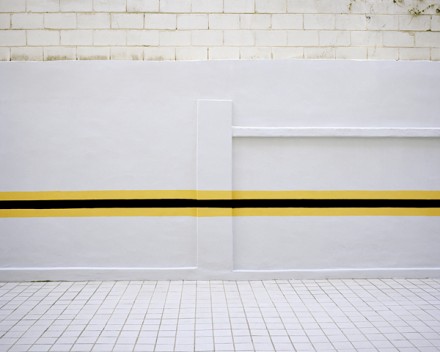
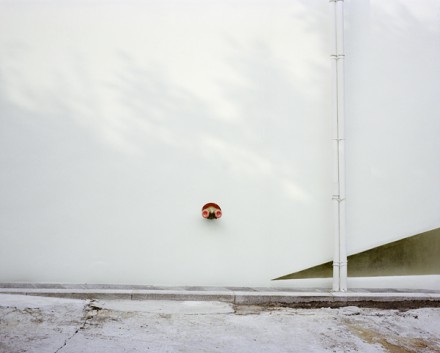
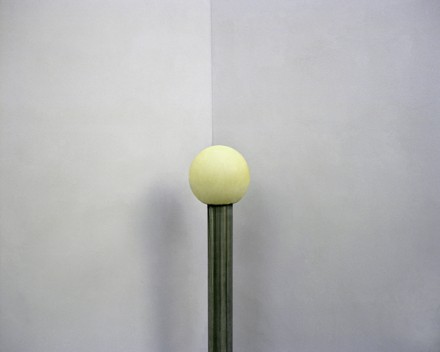
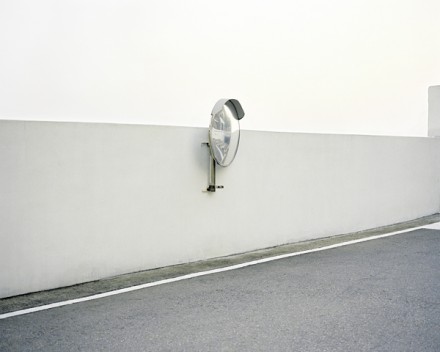
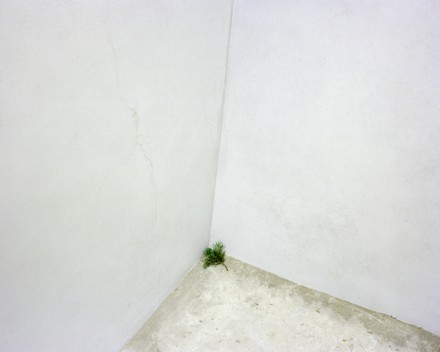
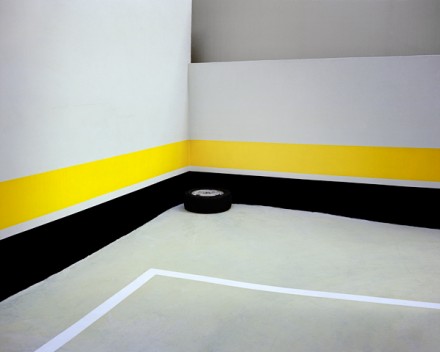

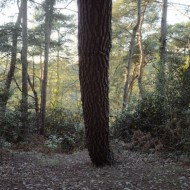
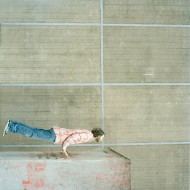
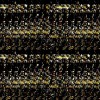
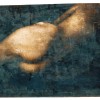





























You can also subscribe to this post comments RSS feed.